In an era where globalization once promised seamless trade, escalating trade wars are now redrawing the lines of international commerce—and the energy sector is squarely in the crosshairs. From tariffs on solar panels to geopolitical realignments in oil and gas, trade disputes are disrupting supply chains, inflating costs, and forcing nations to rethink their energy strategies. On Energedia.com, we explore how these economic battles are reshaping the energy landscape and what it means for the future of global energy security and sustainability.
1. The Ripple Effect of Tariffs on Energy Products
Trade wars often begin with tariffs, and energy commodities are no exception. The U.S.-China trade war saw tariffs slapped on Chinese solar panels, raising costs for American renewable projects by up to 30% in 2018. Similarly, steel and aluminum tariffs disrupted pipeline and wind turbine manufacturing, adding billions in infrastructure costs. These measures, while protecting domestic industries, risk slowing the clean energy transition by making technologies like solar and batteries more expensive.
2. Supply Chain Disruptions and Energy Infrastructure
Global energy infrastructure relies on intricate supply chains. Trade wars force companies to diversify sources, as seen when the EU scrambled to reduce reliance on Russian gas post-Ukraine invasion. Solar panel manufacturers, once dependent on China, are now shifting production to Southeast Asia and the U.S. However, reshoring isn’t a quick fix: building domestic capacity takes years and significant investment.
3. Geopolitical Realignments in Energy Trade
Trade tensions are redrawing energy alliances. Europe’s pivot from Russian gas to U.S. LNG exemplifies this shift, with U.S. exports to the EU doubling in 2022. Meanwhile, China deepens ties with Russia, securing discounted oil and gas, while India capitalizes on cheap Russian crude. These realignments highlight how trade wars accelerate energy nationalism, reshaping global trade flows.
4. Market Volatility and Investment Uncertainty
Uncertainty from trade disputes fuels market volatility. Oil prices swung wildly during the U.S.-China spat, and sanctions on Russia pushed Brent crude above $120/barrel in 2022. Investors, wary of regulatory risks, may delay projects—particularly in renewables, where margins are tight. The IEA warns that trade barriers could add 25% to solar panel costs by 2030, jeopardizing climate goals.
5. Impact on Renewable Energy Transition
Renewables are caught in the crossfire. While tariffs on Chinese solar panels aim to boost domestic production, they raise deployment costs. Conversely, the U.S. Inflation Reduction Act incentivizes local clean tech manufacturing, potentially reducing long-term reliance on imports. Critical minerals for batteries, dominated by China, face similar scrutiny, prompting nations to seek alternative sources in Africa and South America.
6. Policy Responses and Strategic Adjustments
Governments are deploying countermeasures. The EU’s Carbon Border Adjustment Mechanism (CBAM) taxes imports based on emissions, incentivizing greener production. Strategic petroleum reserves have been tapped to stabilize markets, while subsidies for domestic energy sectors aim to shield economies from external shocks. Such policies, however, risk fragmenting global cooperation essential for tackling climate change.
7. Case Studies: Lessons from the Frontlines
- U.S.-China Trade War: Solar tariffs slowed U.S. renewable growth but spurred innovation in domestic manufacturing.
- EU’s Energy Crisis: Sanctions on Russia accelerated investments in renewables and LNG infrastructure, with the EU aiming for 45% renewable energy by 2030.
- Russia-Ukraine War: Global gas prices spiked, pushing Europe to fast-track energy diversification and efficiency measures.
8. Long-Term Implications and Future Outlook
The energy sector faces a new reality: protectionism is rising, and resilience is paramount. Companies must diversify suppliers and invest in localized production. Policymakers must balance national interests with global climate commitments. While trade wars may spur innovation in some sectors, they risk delaying the clean energy transition if collaboration falters.
Conclusion: Adapting to the New Energy Landscape
Trade wars are more than economic spats—they’re catalysts for transformation. For energy stakeholders, agility is key. Embracing diversified supply chains, investing in domestic capabilities, and advocating for stable trade policies will be critical to weathering the storm. As the world grapples with energy security and sustainability, cooperation, not conflict, remains the ultimate path forward.
Engage with Us
How is your region adapting to energy market shifts caused by trade tensions? Share your insights in the comments or join the conversation on social media with #EnergyTradeWars. For real-time updates on energy trends, subscribe to Energedia.com’s newsletter.
Author: Ekom Peter, Energy Market Analyst at Energedia.com
Sources: IEA, U.S. EIA, Reuters, BloombergNEF



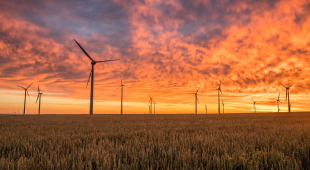
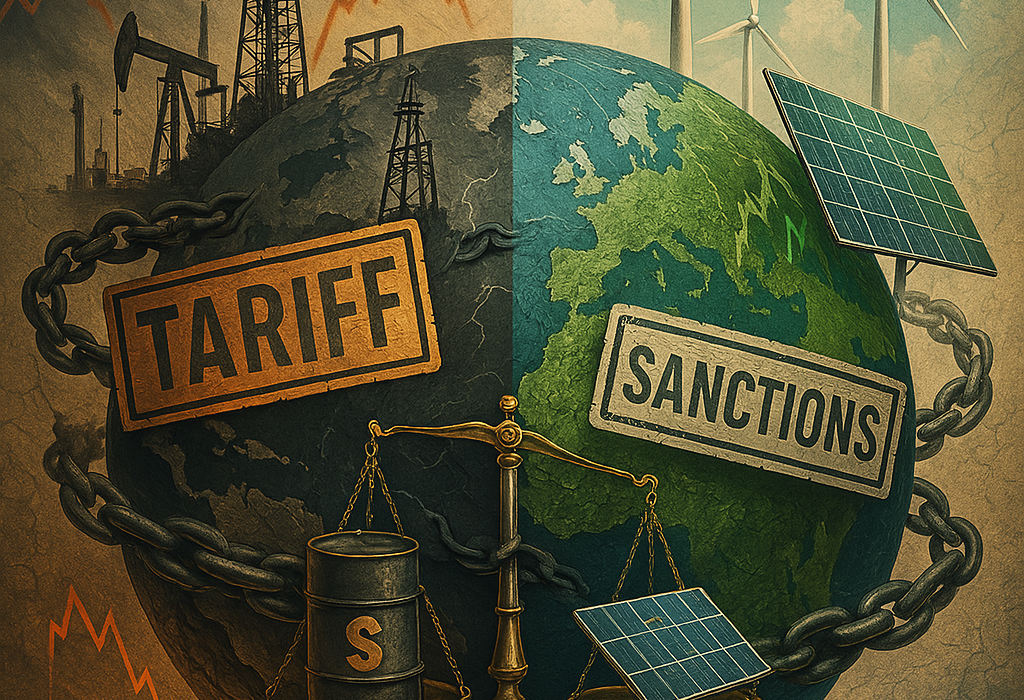
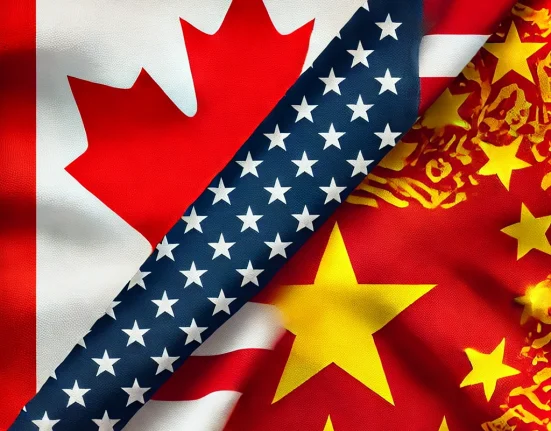

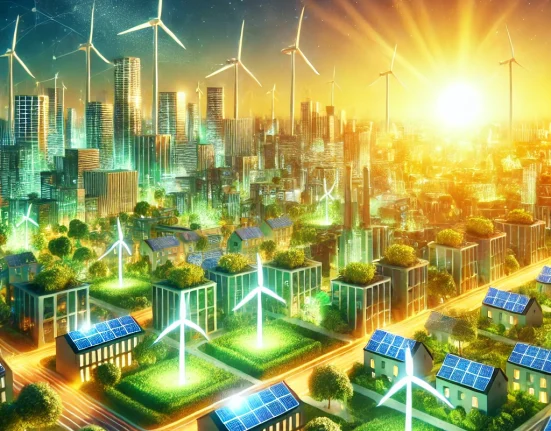

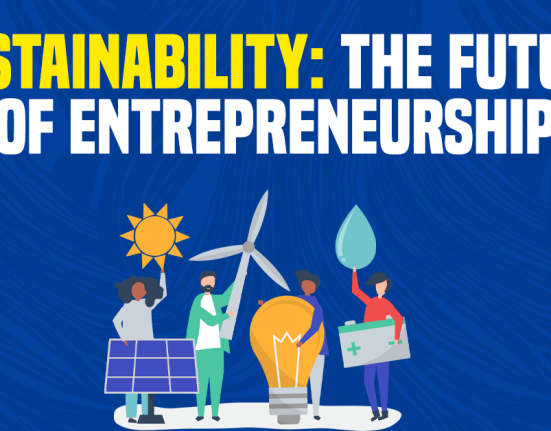

Leave feedback about this